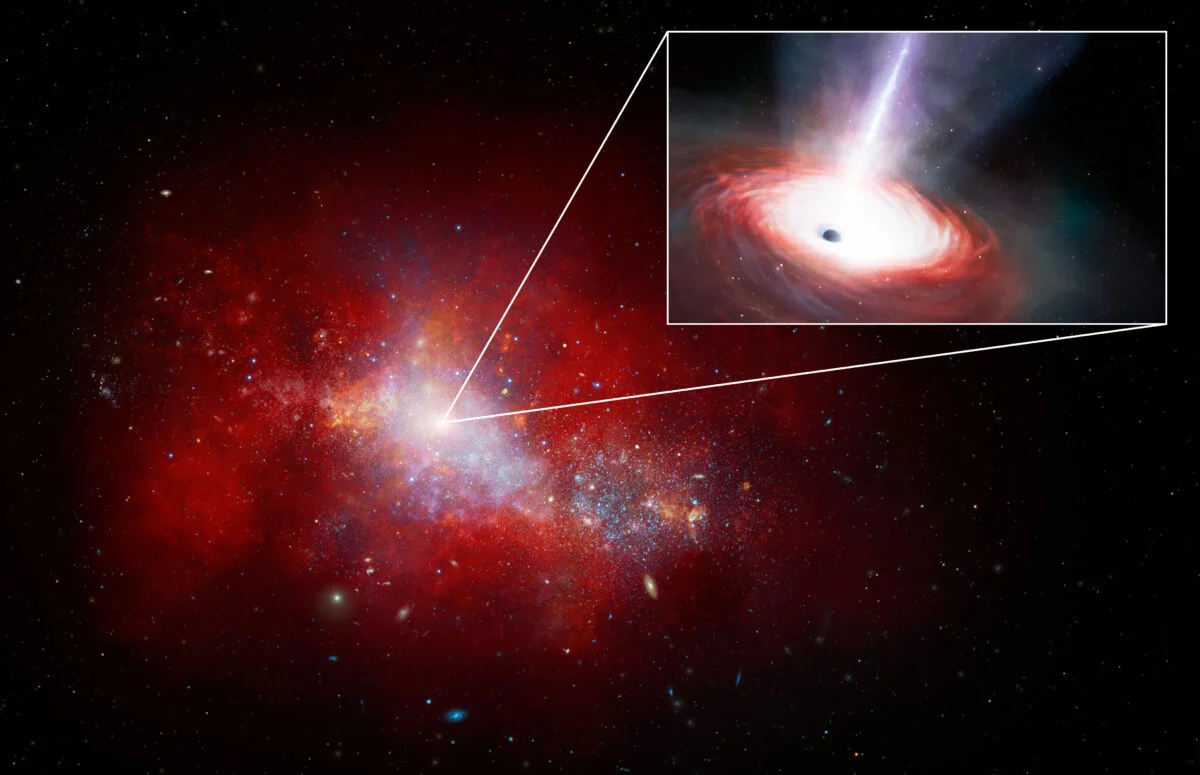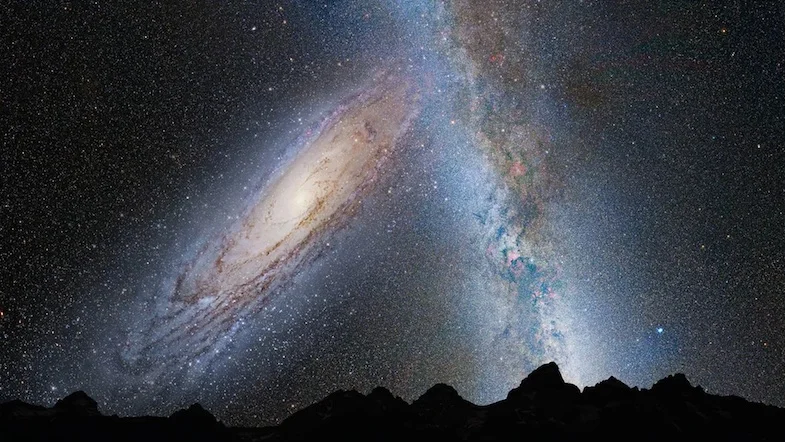
How the Universe’s Largest Galaxies Grew Quickly and Then Died
- Research
- October 8, 2024
- 610
Astronomers are uncovering the mysteries of how the universe’s largest elliptical galaxies formed so rapidly and then ceased star formation, leaving behind “dead” galaxies. This process challenges conventional models of galaxy evolution and offers critical insights into the cosmos’s history.
The Puzzle of Giant Elliptical Galaxies
Galaxies generally grow by merging smaller ones, evolving over billions of years into structures like the Milky Way. However, massive elliptical galaxies deviate from this pattern. These spherical, structureless collections of stars stopped forming new stars long ago, yet they dominate the modern universe.
“Elliptical galaxies are a mystery because they appear uniformly old and inactive in the local universe,” explains Dr. Sune Toft, a cosmologist at the Niels Bohr Institute. Toft led the EU-funded ConTExt project, which aimed to observe these ancient galaxies as they appeared within the first two billion years after the Big Bang, 13.8 billion years ago.
Looking Back in Time
Using telescopes capable of observing galaxies billions of light-years away, astronomers can “travel back in time” to study how these galaxies evolved. Toft’s team used the Atacama Large Millimeter Array (ALMA) and the Hubble and Spitzer space telescopes to observe early elliptical galaxies. They found dense, compact star-forming regions that matched the cores of present-day elliptical galaxies.
These findings suggested that elliptical galaxies formed through rapid bursts of intense star formation, potentially triggered by galaxy mergers. When massive galaxies collide, gas is compressed, fueling rapid star formation.
Yet, even as these galaxies grew quickly in the early universe, they mysteriously ceased star formation, leaving astronomers with questions about what caused this quenching process.
The Role of Supermassive Black Holes
Recent studies suggest that supermassive black holes at the centers of galaxies may be responsible for this quenching. Sirio Belli, an astronomer at the University of Bologna, is investigating this theory through the EU-funded Red Cardinal project, using the James Webb Space Telescope (JWST).
In April 2024, Belli’s team observed a galaxy undergoing quenching about 2.6 billion years after the Big Bang. “It’s a lucky coincidence,” said Belli. “We observed this galaxy just as it stopped forming stars.”
Simultaneously, they detected a massive wind of gas being ejected from the galaxy, likely driven by its central black hole. As the black hole consumed surrounding material, it released energy that expelled gas—the fuel for star formation. Without gas, the galaxy effectively “ran out of fuel.”
Belli explained, “We think that once a galaxy reaches a mass of about 100 billion solar masses, it’s almost always quenched. We don’t see massive galaxies today that are still forming stars.”
New Tools for Solving the Mystery
While the JWST has revolutionized observations of early galaxies, even more advanced telescopes like the European Extremely Large Telescope (ELT), set to begin operations in 2028, will probe deeper.
“With the ELT, we can analyze the internal structure of galaxies in detail,” said Belli. This will allow researchers to measure not just the overall star formation rate but also pinpoint where stars are forming within galaxies.
Understanding the Cosmos
The rapid growth and subsequent quenching of giant elliptical galaxies raise fundamental questions about galaxy evolution and the role of black holes. Determining how galaxies switch from forming thousands of solar masses of stars annually to complete inactivity remains an unsolved mystery.
“To prove black holes are responsible, we need to catch galaxies in the act of shutting down,” said Toft.
By unraveling this process, astronomers hope to better understand how the universe’s largest galaxies shaped the cosmos we observe today.



